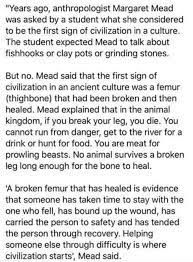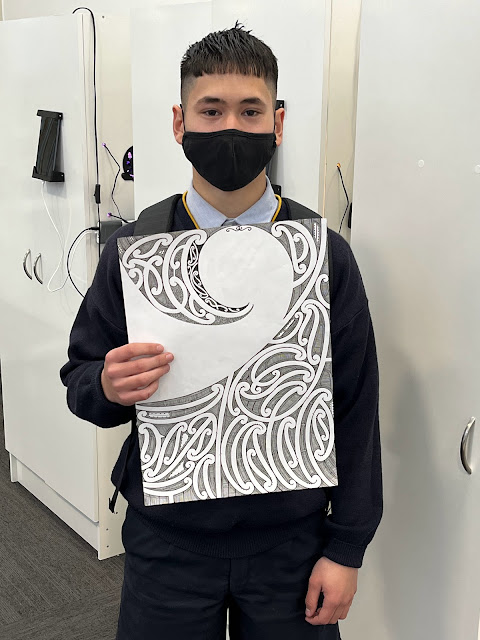Extract from this year's senior prize giving speech:
*****************************
I will beg your patience as I perhaps indulge in a little more reflection than is usual at this time of year, but this will be my last prize giving at Hornby High School, and there is much to reflect upon. When I finish at the end of term 1 2023, I will have been Principal for seven years. That’s a long time, it’s seven years spent in what a good friend and colleague rightly in my opinion describes as the best job ever.
In that time we have rebuilt the physical fabric of Hornby High School. More significantly we have re-invented Hornby High School as a different place. In doing this, I am grateful to have had the opportunity to ‘stand on the shoulders of a giant’ in Mr Dick Edmondson, my predecessor, who did much of the hard mahi so that I might do the cool mahi. I am also grateful to the Board who took a chance on me as a new Principal. I hope that I have been able in some measure to lead our kura on its journey of improvement with the bold vision and leadership which I think you sought.
He puna auaha, a centre of creative excellence. What a bold, gutsy vision for a kura. And you are perhaps subconsciously asking yourself why? It is my fervently held evidenced based belief that one of the keys to improvement in schools is creativity. There is now ample evidence to show a focus on creativity supports improved well being and improved academic outcomes for learners.
It’s odd, really. I used to be an economics teacher, with a bit of maths and accounting on the side, and back in the day there didn’t seem to be too much scope for creativity. I think I was a reasonable teacher (my students seemed to think so). When thinking of my own teaching I was reminded of this story.
Pablo Casals, the famous Spanish cellist who lived to be 97 years of age, when he reached 95, was interviewed by a young reporter who threw him a question: “Mr. Casals, you are 95 and the greatest cellist that ever lived. Why do you still practice six hours a day?” And Mr. Casals answered, “Because I think I'm making progress.”
This all focuses the mind on the really really big question: what is the purpose of schools? In decades past the answer was to create nice compliant little units of production, worker bees if you like, who could do simple mechanical jobs, who did exactly as they were told unquestioningly, took as few breaks as possible, and were therefore highly productive. Gosh what good chappies they all were.
However today, technology is replacing a lot of the tasks that people were being ‘educated’ for over the 150 years of public education in Aotearoa. So what?
My ‘reckon’ is that this leaves us with a need to focus on what makes us human. For my money, it’s the ability to empathise with and relate to other human beings, and the ability to be creative, although there is technology that is now challenging that too.
As we progress as a species, we face ever more complex problems that are often of our own making. How do we solve those problems? We don’t solve them by being nicely compliant units that never think outside the square. We solve them by being creative, by thinking outside the square, and by being kind and empathetic towards our fellow human beings.
Now before you launch into me about what schools should teach, let’s be clear about this. You need to know stuff in order to be creative. You need to be literate and numerate, and you have to have subject knowledge. You can’t think in a vacuum, you can’t think unless you have stuff to think about. I have a fabulous example. A good friend of mine is a fresh water biologist. In his work they need to know what species live in freshwater streams. In the past they’d take water samples, look at them under a microscope, and see what they could see. He teamed up with a geneticist. They each had their specialist knowledge. They figured out that by taking a couple of water samples, and analyzing the DNA fragments in the water, they could get a more accurate picture of what stream life there was, and at a far lower cost. They each brought their deep specialist knowledge to the problem, and developed a new creative solution. You have to KNOW STUFF.
I don’t think it's too important what vehicle you use to develop creativity either. Every subject can do it. Whether it’s the creative or performing arts, technology, writing and literature, sciences, maths .. It’s possible everywhere. How do you think mathematicians develop and prove new theorems? Creativity!!! I was so thrilled this year to see our first ever creative maths week. I contributed my own wee pieces, some of you may recall, with a series of limericks about maths.
If creativity is to be allowed to develop, we require quite a few personal characteristics, but I suspect they are not what you think. One that we try to focus on across the school is the willingness to take risks with our learning. Every time you put something out there you take a risk, the risk of being criticized. I write free verse poetry. I wrote this last week, while thinking about creativity in schools. You are the first people to hear it. In reading it to you, I am taking a risk. Think about that.
Te puna auaha
Sit
for a while
stare
long eyed
into the distance,
stare
at nothing,
from where you draw
splashes of
red and blue,
melancholy notes,
cogs and codes
and props and words,
sworls and smiles
and scientific guile,
let your mind wander
along the endless
winding trails
feel the thrill as you
tack before the fiercest winds
allow yourself to
soak in the
steaming warmth
of the deepest
tub.
Breathe,
sit
for a while
stare
dream
imagine
te puna auaha
I have come to the conclusion that creativity in schools is less a series of prescribed outcomes than a way of being, a state of mind, in which we nurture and encourage risk taking, lateral, critical, and creative thinking, and a preparedness to simply ‘be’, to stare into that nothingness. We seem unlikely to solve the world’s new problems with old ways of thinking. Those old ways of thinking perhaps largely created the problems we face today.
As I prepare to leave Hornby High School I know that the job is not finished. It will never be finished. However I can step back knowing that we have made great progress. This has so far been a 15 year journey. There is plenty more to come, plenty more mahi to do, and plenty more scope for improvement.
The road ahead is not however set to be a smooth one. Reactionary social and political forces are gathering and I fear they will drive us back to that time in the not too distant past when measuring student achievement was seen as the cure-all for educational performance. When I taught here at Hornby in the 90’s I had the privilege of working with Mr Henry Sunderland who at that time was Head of Art. He used to say ‘we spend too much time weighing the pig and not enough time feeding it’. Educational attainment is not improved by continuous measurement. Educational attainment is improved when we improve the material living condition of people, when we grow positive relationships for learning, and when we inspire curiosity and creativity.
Every year I make mention of the amazing Manaiakalani kaupapa of which we are a part. The ‘Learn Create Share‘ pedagogy, founded as it is in Universal Design for Learning, is simple and in its simplicity so much more powerful. It is NO coincidence that the word ‘create’ sits at the centre of our Manaiakalani pedagogy ‘learn create share’. It is NO coincidence that our vision is ‘he puna auaha a centre of creative excellence’. Our own evidence continues to accumulate about the impact of those factors. Our NCEA achievement is slowly increasing. Our NCEA endorsement rates have doubled. Our roll has grown 25% in 6 years.
I was talking last week to Dorothy Burt, one of the leaders of the Manaiakalani mahi. She had been invited to the GELP conference, a major global conference of key educational decision makers: Ministers, Secretaries of Education etc. She related that in talking with some of these global influencers they had made the point that simplicity is key. One commented that with 3 million teachers to take along on the journey of change and improvement, complexity is to be avoided. It was interesting that Dorothy had been invited to speak at this prestigious conference because of the growing global recognition of Manaiakalani as one of the most significant and impactful educational initiatives on the globe.
******************

























































